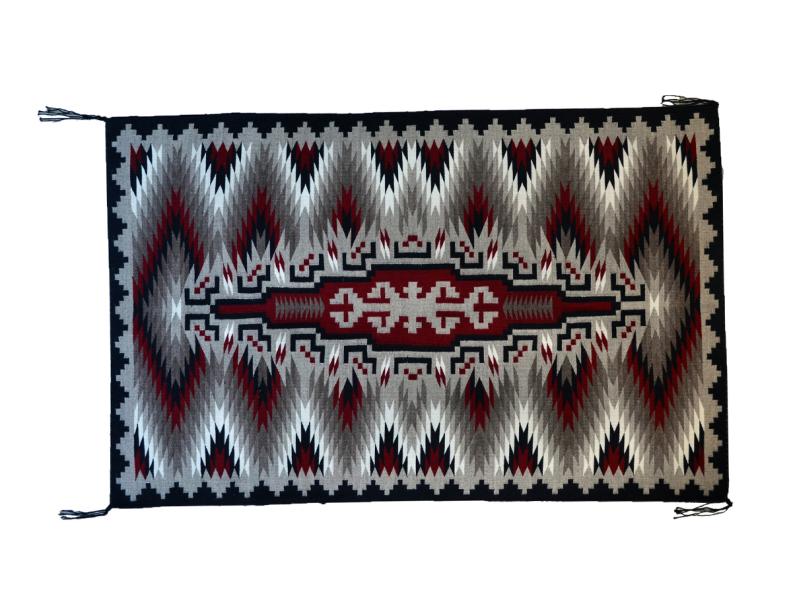1 / 11
Navajo Rugs: Art for Your Floor
The Navajo are among the finest rug makers in the world, featuring loom work and design on par with the best Persian rugs. These Southwestern masterpieces feature designs and colors that work with many decor styles, from midcentury modern to Arts and Crafts to eclectic. Their timeless patterns have even inspired tribal-style rugs, like the one shown here, that are trendy today. “Navajo rugs warm up any room they’re in,” says Ann Marshall, director of research at the Heard Museum in Phoenix. “They’re so diverse and there are so many looks and styles that there’s something for everyone.” Here’s a lesson on Navajo rugs rich history and some of the major design styles.









